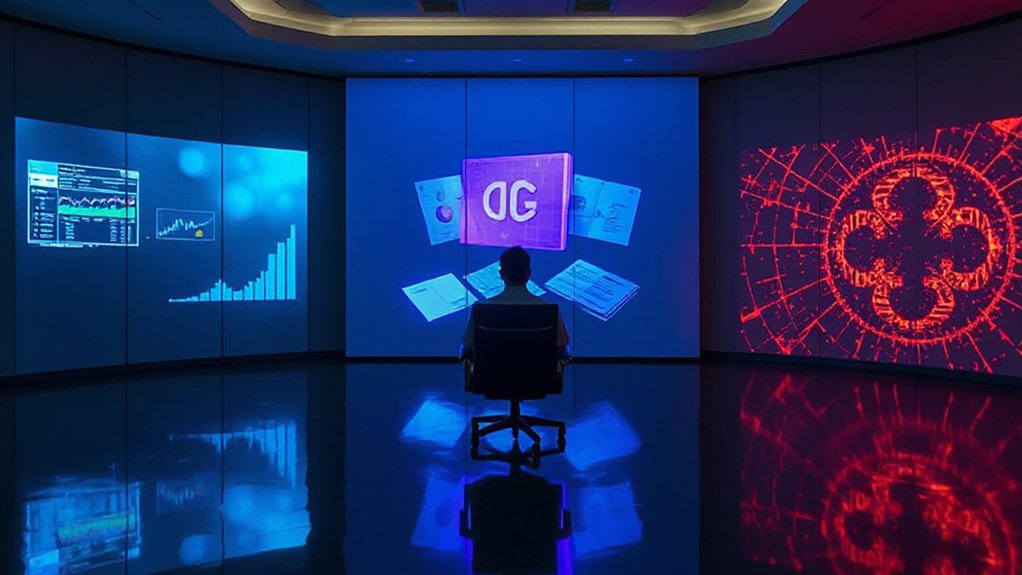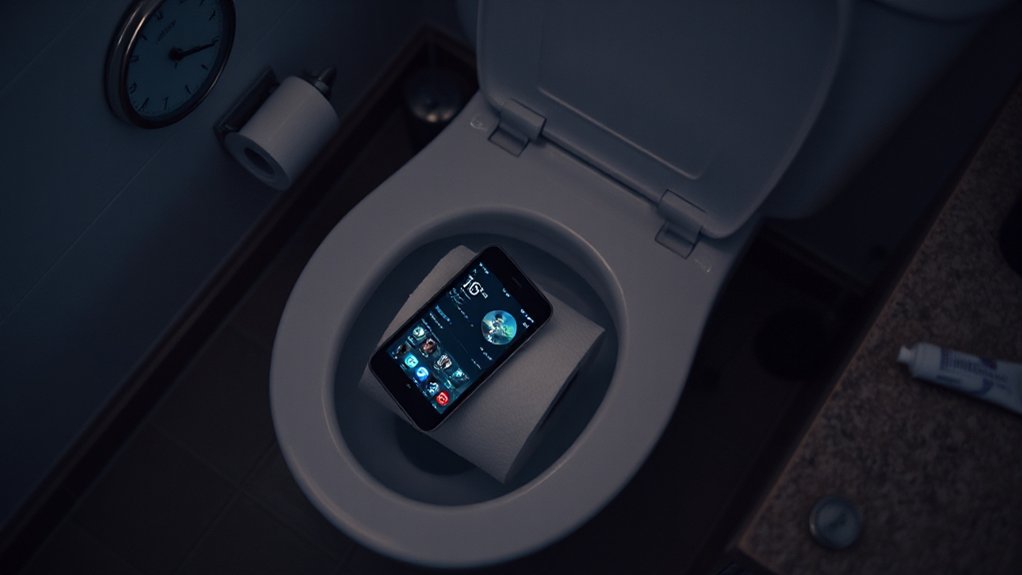As schools and businesses increasingly rely on AI detection tools to identify computer-generated content, new tests reveal these systems frequently provide contradictory and inaccurate results. Recent studies show these tools correctly identify AI-written text only about 63% of the time, while falsely flagging human writing as AI-generated in nearly 25% of cases.
AI detection tools fail 37% of the time, with false positives affecting nearly 1 in 4 human writings.
The inconsistency problem is striking. In one test, the same human-written article received completely opposite results from different detectors. One tool labeled it as definitely human, while another claimed it was 99.7% likely to be AI-generated. This wide variance stems from differences in the tools’ underlying models, training data, and detection algorithms. Real-world experiments confirm that AI detectors produce inconsistent results across different platforms when analyzing identical content. Research indicates these tools primarily analyze perplexity and burstiness metrics to distinguish between human and AI writing patterns.
Evasion techniques make the problem worse. Tests conducted in early 2025 show that simple editing or paraphrasing of AI text can easily bypass most detection systems. When GPT 3.5 was used to rewrite AI-generated content, detector accuracy dropped by approximately 55%. Even “humanizer” tools that don’t make text sound robotic or awkwardly paraphrased can successfully trick many detectors.
The accuracy rates vary widely by tool. Turnitin’s detection accuracy ranges from 61% to 76%, while GPT Zero scores between 26.3% and 54%. Some companies like Pangram Labs claim near-perfect detection, but independent testing often contradicts these marketing claims. This situation mirrors concerns about OpenAI’s systems which produce convincing false narratives that can bypass detection tools due to their realistic quality.
Despite these flaws, AI detectors are widely used in education, hiring processes, and content publishing. The gap between marketed effectiveness and actual performance has drawn regulatory attention. As new AI models like GPT-4 and GPT-4o continue to evolve, detection tools struggle to keep pace.
Technical limitations remain significant challenges. Recursive paraphrasing and “spoofing attacks” consistently defeat even watermark-based detection technologies. Some experts recommend combining human review with AI detection for better results, though this approach still faces accuracy problems.
For now, the reliability of AI detection tools remains questionable, with accuracy rates falling considerably below what many users expect when making important decisions based on their results.
References
- https://www.latimes.com/b2b/business-partnerships/story/how-accurate-are-ai-detectors-in-2025
- https://walterwrites.ai/best-ai-detector-tools-2025/
- https://prodev.illinoisstate.edu/ai/detectors/
- https://nationalcentreforai.jiscinvolve.org/wp/2025/06/24/ai-detection-assessment-2025/
- https://www.pangram.com/blog/best-ai-detector-tools
- https://hai.stanford.edu/ai-index/2025-ai-index-report
- https://mitsloanedtech.mit.edu/ai/teach/ai-detectors-dont-work/









